How to clear your internet browser history?
World Wide Web content is accessed and displayed using browsers, short for "web browsers. The primary function of a browser is to retrieve and display web pages and other online resources, such as images and videos, from servers on the internet. Entering a URL, or web address, is the first step into a browser; the browser sends a request to the server hosting the content, and once the server responds, the browser displays the web page in a visual format that the user can view.
Browsers also typically provide features such as bookmarks, history, and settings to help users navigate and personalize their web browsing experience. Some popular browsers include Google Chrome, Mozilla Firefox, Apple Safari, Microsoft Edge, and Opera. Browsing history, cache, and cookies are all related to a user's online activity, but they serve different purposes and are stored in different ways.
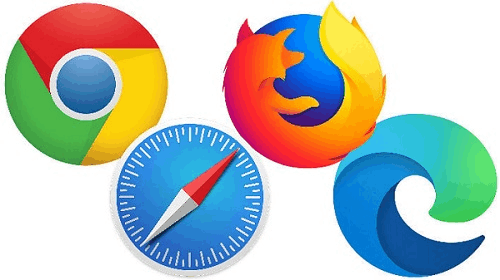
Browsing history
A browsing history is a record of the web pages and other online content that a user has accessed through their web browsers. Every time a user visits a website, the browser logs that see in its history. It includes the date and time of the visit, the URL or web address of the site, and sometimes a thumbnail image or other metadata associated with the page.
Browsers typically allow users to access their browsing history through a menu or toolbar. It will enable users to revisit sites they have visited quickly or track down a specific page they may have lost track of. In addition to helping users review past content, browser history can be useful for troubleshooting and diagnostic purposes. For example, a technician might ask a user to check their browser history to see if they can identify any patterns or issues contributing to a problem with their internet connection or computer.
Cache
When we visit a website, our browser saves some of the data from that site, such as images, stylesheets, and JavaScript files, in a cache. The next time you visit the site, your browser can retrieve some of the data from the store instead of downloading it again, speeding up page loading times. However, if the cache data needs to be updated or corrupted, problems with the website's functionality exist. By Clearing the store, we can help resolve these issues.
Cookies
Websites store temporary text files called cookies on your computer to remember information about you, such as your login credentials, preferences, and browsing history. It can help personalize your browsing experience and save time when revisiting a site. However, some cookies can also be used for tracking or advertising purposes, which can raise privacy concerns. Clearing cookies can help protect your privacy and prevent websites from tracking your activity.
Why is it necessary to clear browsing history?
There are multiple reasons to clear browsing history, some are as follows:
- Privacy: Clearing your browsing history can help protect your privacy by removing information about the sites you have visited, your searches, and any other online activity you have been engaged in. If you share a device with others or are concerned about online privacy, clearing your browsing history can be important.
- Security: In some cases, clearing your browsing history can help protect you from security threats, such as malware or phishing attacks. If you have visited a site that has been compromised or contains malicious code, clearing your browsing history can help prevent that code from being executed again.
- Storage: Over time, your browsing history can accumulate a lot of data, which can take up storage space on your device. Clearing your account can free up space and improve the performance of your browser.
- Convenience: Clearing your browsing history can help improve the accuracy of your search results and recommendations. It removes data that might affect the algorithms used by search engines and other online services.
How can we clear cache and cookies on chrome from windows?
- Open Google Chrome on your Windows computer.
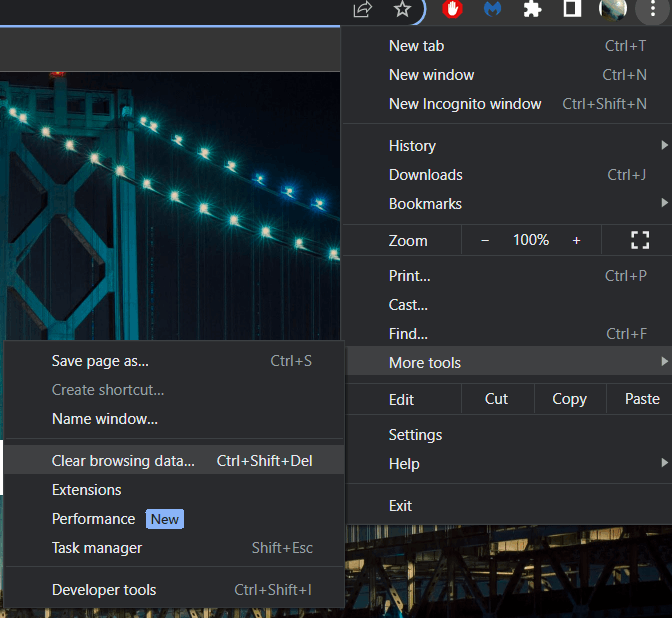
- Tap on the three-dot menu icon in the window's top right corner.
- Select "More tools" from the dropdown menu, then select "Clear browsing data" from the sub-menu.
- In the "Clear browsing data" window, select the time range you want to clear data from the dropdown menu. If you want to remove all data, select "All time".
- Check the boxes next to "Cookies and site data" and "Cached images and files".
- Uncheck any other boxes for data that you do not want to clear.
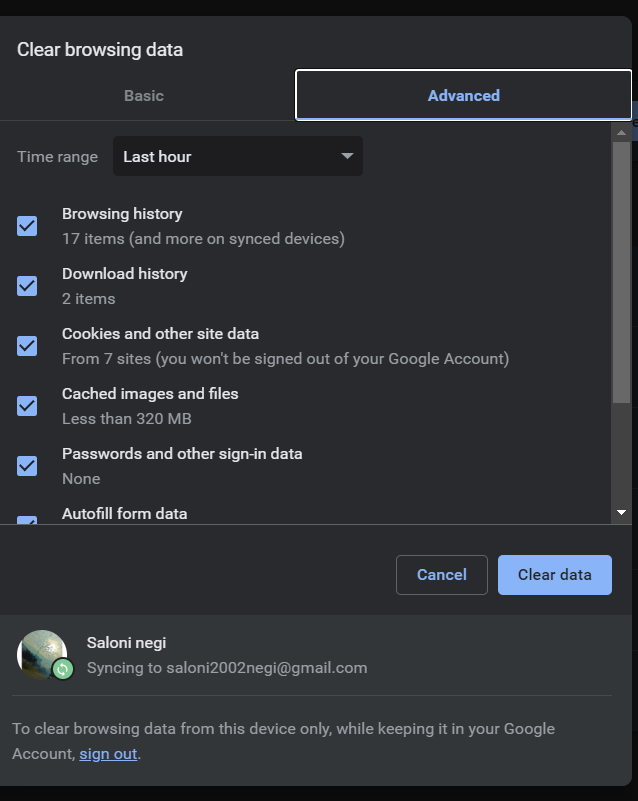
- Click the "Clear data" button to clear your selected data.
How can we clear cache and cookies on chrome on android?
- In your Android app, open the Google chrome app.
- Tap on the three-dot menu icon in the window's top right corner.
- Select "Settings" from the dropdown menu.
- Scroll to the "Privacy and security" section and select "Clear browsing data".
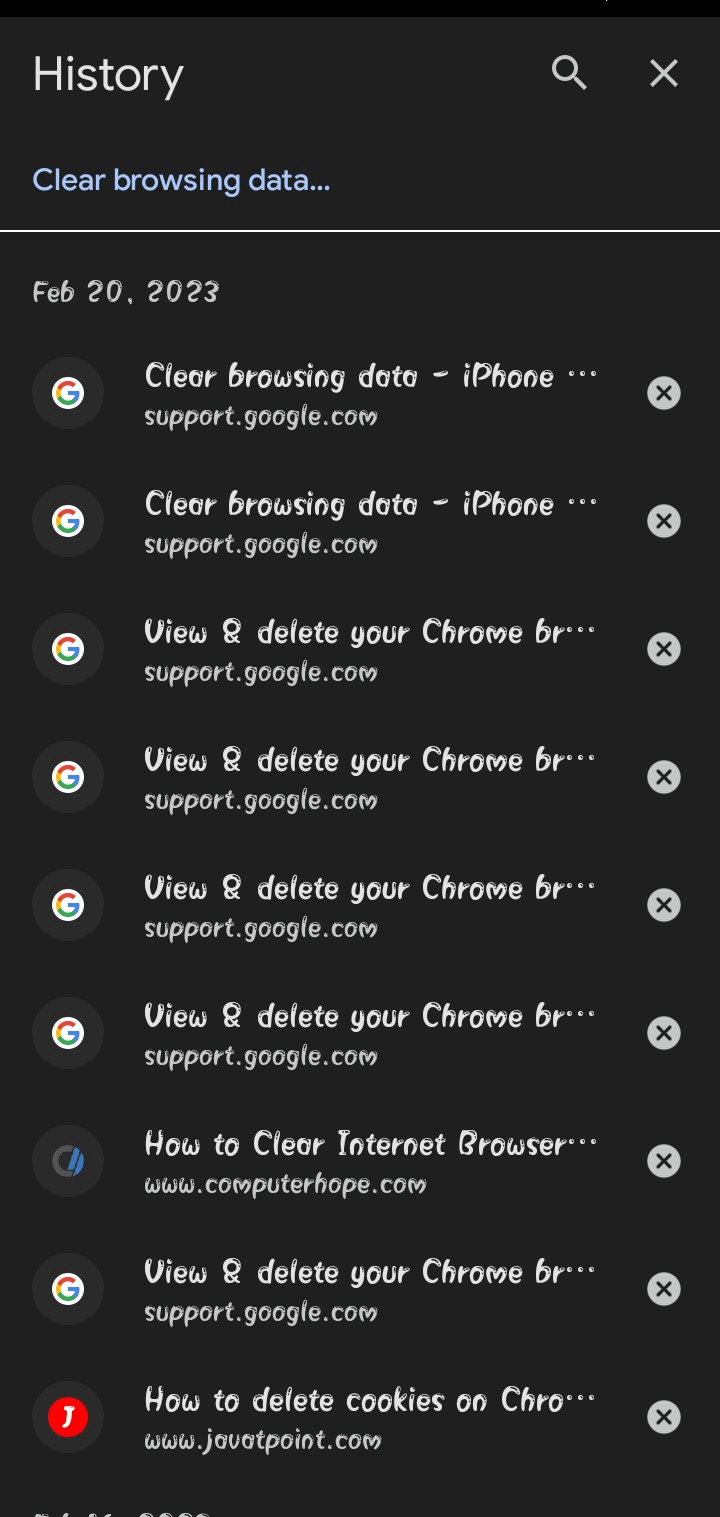
- In the "Clear browsing data" window, select the time range you want to clear data from the dropdown menu. If you want to remove all data, select "All time".
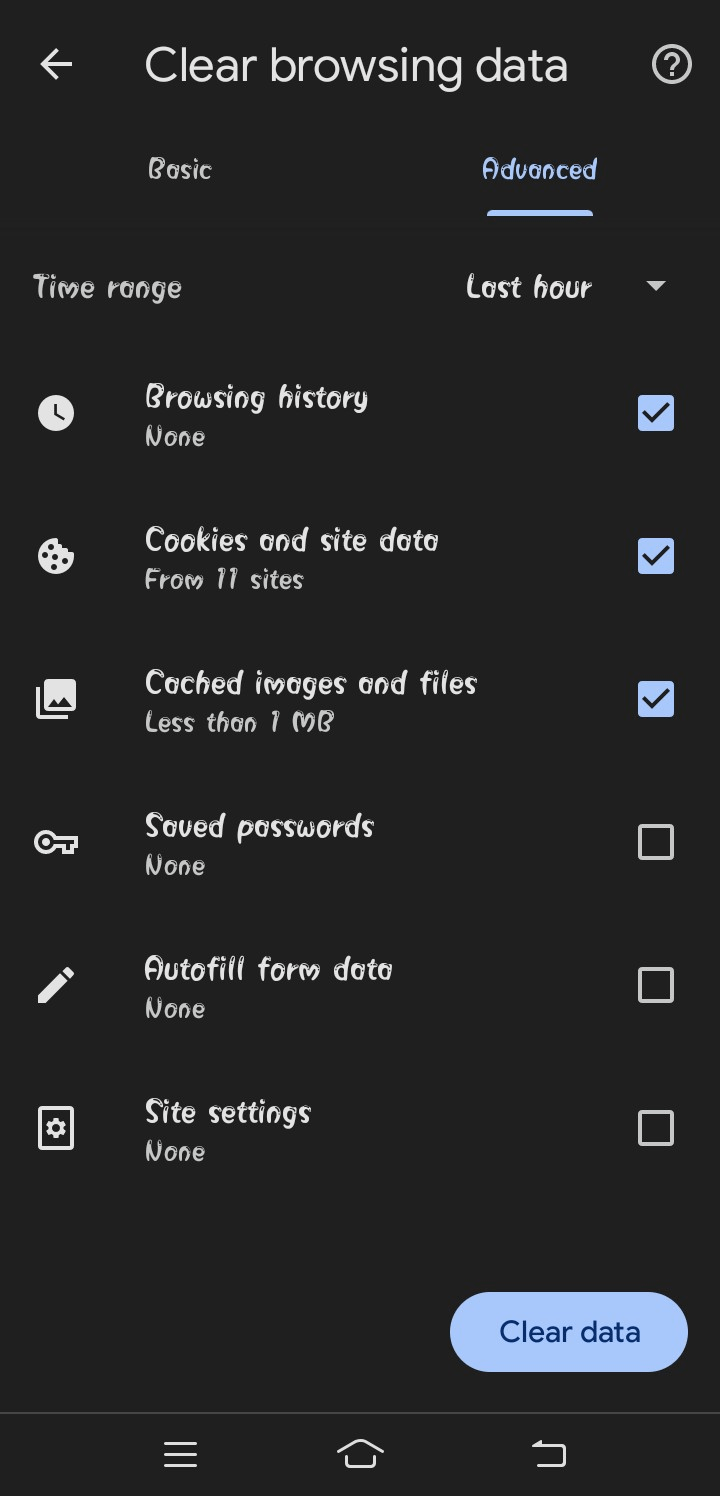
- Check the boxes next to "Cookies and site data" and "Cached images and files".
- Uncheck any other packages for data that you do not want to clear.
- Tap the "Clear data" button to remove your selected data.
How to delete cache and cookies on chrome on iOS?
- Open the Chrome app on your iOS device.
- Tap on the three dots in the bottom right corner of the screen to select the menu.
- Select "Settings" from the menu.
- Scroll down and select "Privacy".
- Click on the "Clear Browsing Data" at the bottom of the page.
- Check the boxes for "Browsing history", "Cookies, Site Data", and "Cached Images and Files".
- You can select the time range to clear the data by tapping the "Time Range" dropdown menu.
- Click on the "Clear Browsing Data" at the bottom of the screen to confirm and clear the selected data.
Disadvantages of clearing cache and cookies
- Sign out from websites: Clearing cache and cookies can log you out from websites you were previously logged in to. It means you must log in again and may have to remember your login credentials, which can be inconvenient.
- Loss of data: Cache and cookies can store information such as login credentials, form data, and preferences. Clearing them can cause you to lose that data, and you may have to re-enter it again. It can be especially frustrating if you have entered a lot of data or need to use a specific website regularly.
- Slower browsing experience: Clearing cache and cookies can also slow your browsing experience. When you visit a website, the browser has to download all the data again, which can be time-consuming, especially if you have a slow internet connection.
- Resetting preferences: Some websites allow you to customize your browsing experience by changing fonts, colors, and layouts. Clearing cache and cookies can reset these preferences, and you may have to set them up again.
- Third-party cookies: Clearing cache and cookies may not necessarily clear third-party cookies. Third-party cookies are stored by domains other than the one you are currently visiting, and they can be used to track your browsing behaviour. If you want to clear these cookies, you may have to do it separately.
How often should we clear browsing history?
The frequency you should clear your browsing history depends on your preference and circumstances. Here are some factors that can influence how often you should remove your browsing history:
Privacy concerns: If you are concerned about online privacy, you should clear your browsing history more frequently. Browsing history can reveal your search history, visited websites, and other online activities. Clearing your browsing history can help protect your privacy, as it removes this information from your device.
Device performance: Browsing history can take up space on your device, slowing its performance. If you have limited storage on your device or notice that it is running slowly, clearing your browsing history may help free up space and improve performance.
Security concerns: If you share a device with others or use public computers, clearing your browsing history can help protect your sensitive information. Browsing history can include login credentials, credit card information, and other sensitive data you don't want others to access.
Personal preference: Some people prefer to clear their browsing history regularly, while others don't. You can earn your browsing history every time you close your browser, every week, or only when you notice your device running slowly.
Clear browsing history at least once a month, if not more frequently, is a good idea.
However, if you use your device for sensitive activities like online banking, you should regularly clear your browsing history to protect sensitive information. It's also important to note that clearing your browsing history is not the only way to protect your privacy and security online. You can also use private browsing modes, virtual private networks (VPNs), and other tools to protect your online activities.